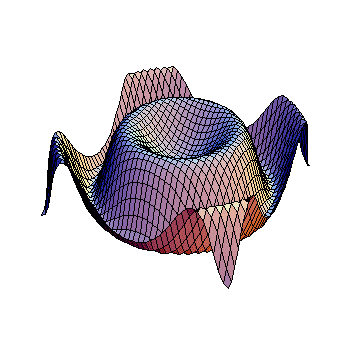The lefthand side base is being multiplied by a negative number, which means that for every value of #x#, the lefthand side will be negative.
But the righthand side isn't, which means that for every value of #x#, the lefthand side will be positive.
When #x# gets closer and closer to #-oo#, both sides get closer and closer to zero, without ever getting there, so there is no real solution for this equation. If you're accepting complex solutions, we can easily solve this though. Just remember that #e^(pii) + 1 =0#, or #ln(-1) = pi#, so
#ln(-3^(x+4)) = ln(0.5^(2x+3))#
#(x+4)ln(-3) = -(2x+3)ln(2)#
#(x+4)piiln(3) = -(2x+3)ln(2)
Simplify
#ln(3)*pii*x + ln(3)*pii*4 = -2x*ln(2) + 3ln(2)#
Isolate the #x#
#3x(ln(3)*pii + ln(2)) = 3ln(2) - ln(3)*pii*4#
#x = (3ln(2) - ln(3)*pii*4)/(3*(ln(3)*pii + ln(2))#

